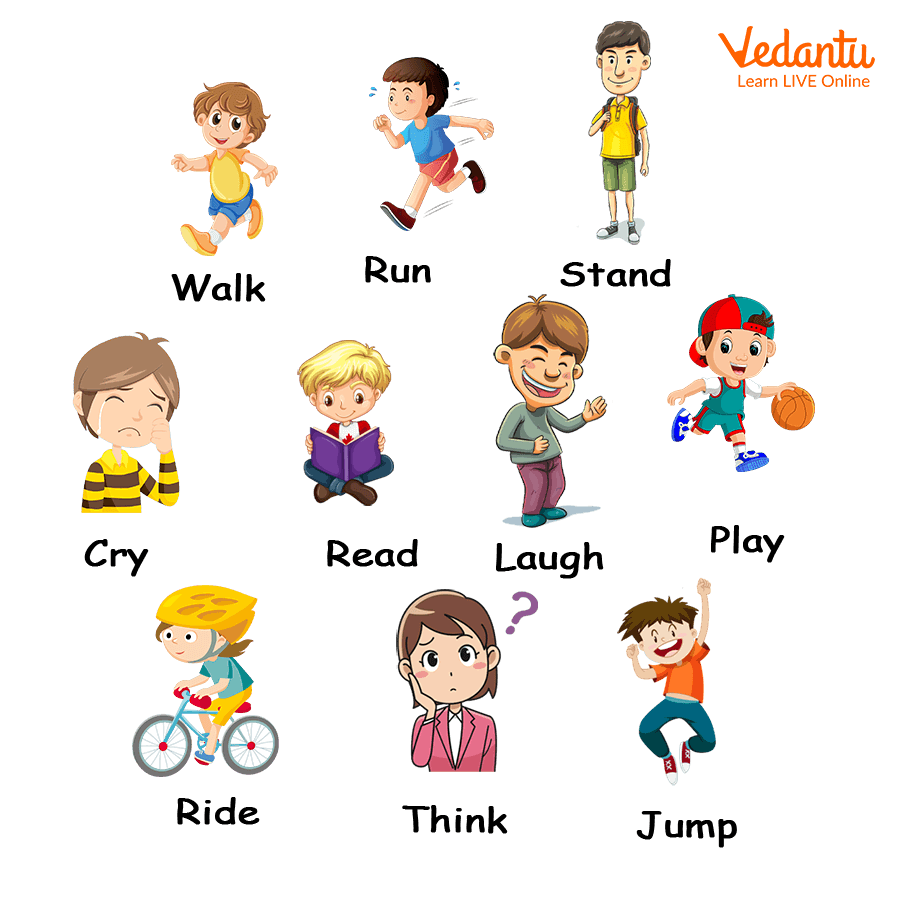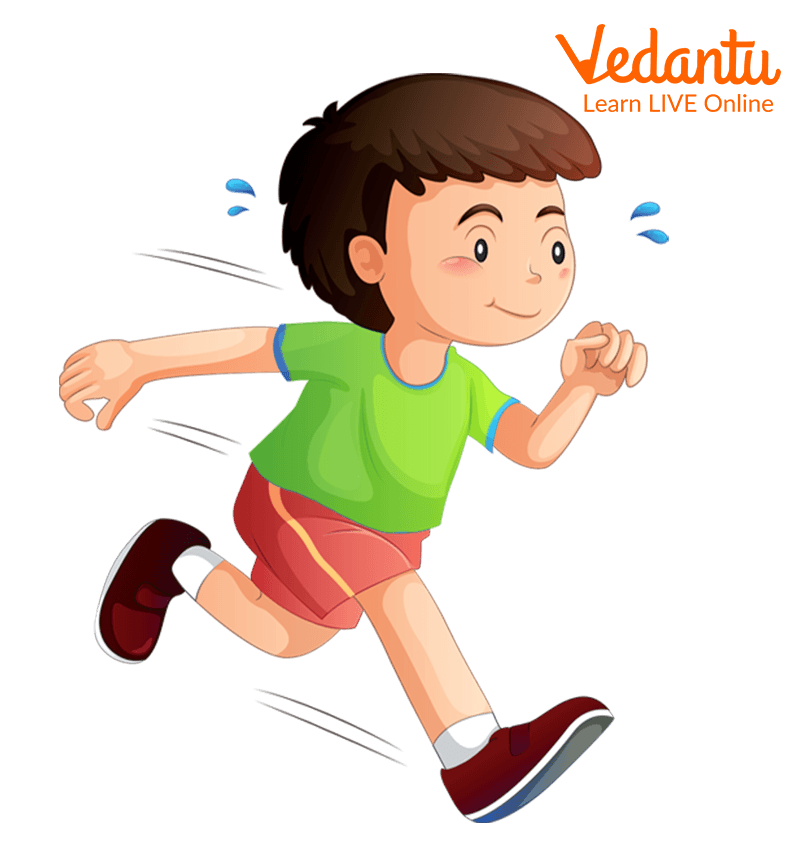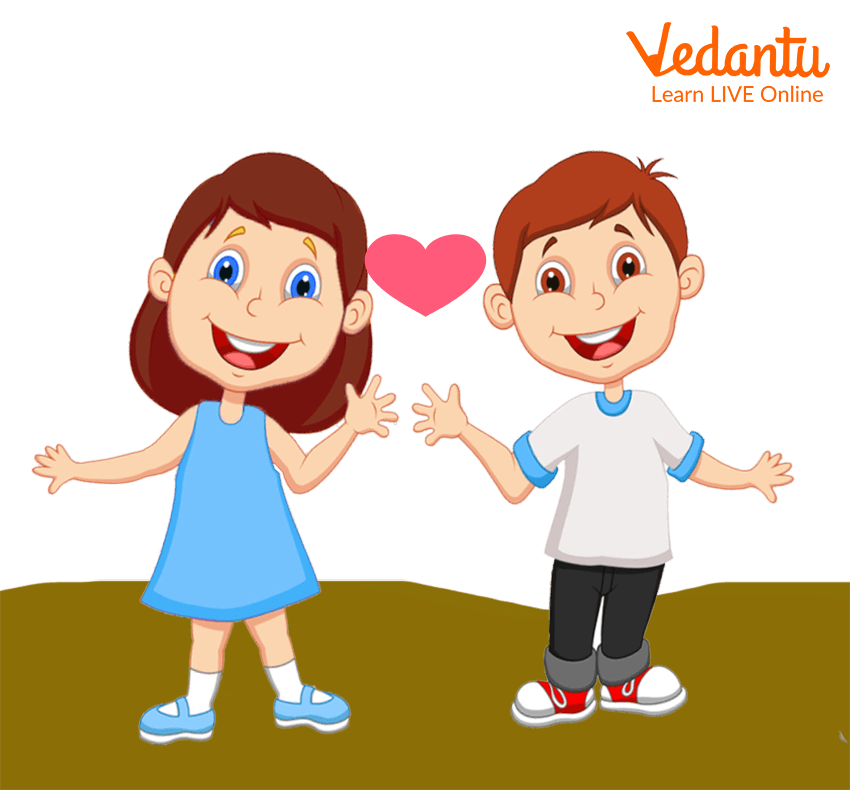




Verbs Examples - Definition ,Meaning and Its Types
FAQs on Verb for Kids: A Simple Guide to Understanding Verbs
1. What is the main verb?
The main verb is the verb, which typically gives us a clear image of what the subject in the sentence doing. Example: Mani did not water the plants. Here the main verb is water while did is the auxiliary verb.
2. Are verbs for kids required to be written in the sentence?
If the sentence wants to show that the subject is doing any physical or mental action then usage of the verb is mandatory there, else it will not make complete sense.
3. What is a verb?
A verb is a word that shows an action, state, or occurrence. It is an essential part of a sentence, describing what the subject is doing or experiencing.
4. Can you provide some verb examples?
Examples of verbs include: "run," "jump," "eat," "is," and "seem." These words describe various actions and states.
5. What are the types of verbs?
The types of verbs include action verbs (e.g., "run," "swim"), linking verbs (e.g., "is," "seem"), and auxiliary verbs (e.g., "have," "do").
6. What are action words?
Action words are verbs that describe an action or activity, such as "dance," "write," "play," and "sing."
7. Can you give some verb examples in sentences?
"She runs every morning."
"They are happy."
"He writes a letter."
"The cat jumps on the table."
8. What are the kinds of verbs?
The kinds of verbs include action verbs, linking verbs, and auxiliary verbs. Each type serves a different purpose in a sentence.
9. How do action words work in sentences?
Action words describe what the subject is doing in a sentence, such as "run," "play," and "eat." They help to convey the main activity of the sentence.
10. What are some common examples of verbs used in sentences?
Common examples include:
"She reads a book."
"They are cooking dinner."
"The dog barks loudly."













